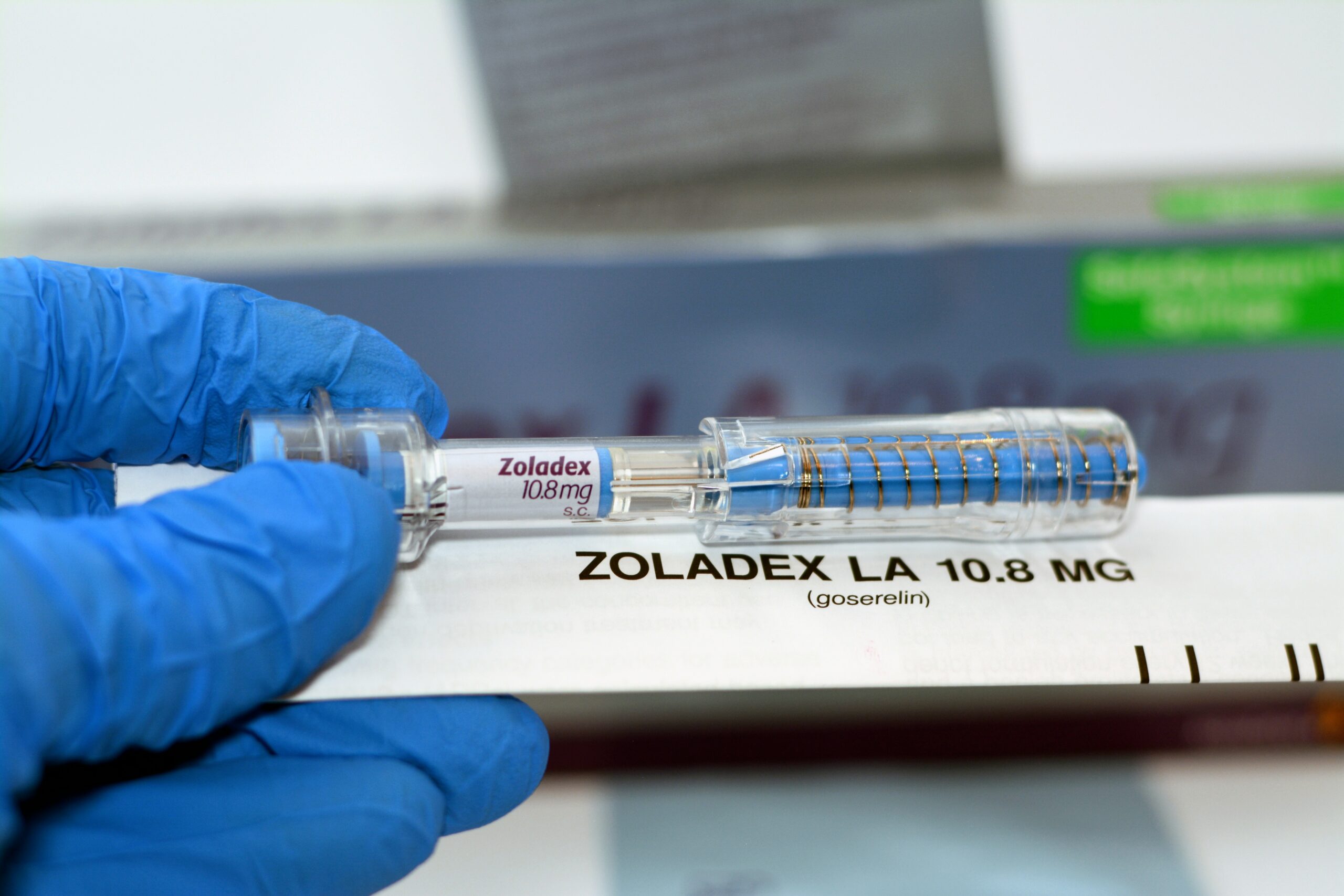
If you’ve recently been diagnosed with endometriosis or have been exploring treatments for a while, you might have heard of Zoladex. It’s natural to feel curious, and maybe a bit overwhelmed, about how it works, what to expect, and whether it’s effective. So let’s take a gentle stroll through what Zoladex means for managing endometriosis, covering its benefits, side effects, and overall effectiveness in plain, easy-going language.
First things first: What is Endometriosis?
Endometriosis happens when tissue similar to the lining of your uterus grows outside it, causing pain, inflammation, and sometimes fertility issues. It’s a bit like having uninvited guests who keep turning up and causing trouble, uncomfortable and definitely unwelcome.
Symptoms can range from mild discomfort to severe pain, especially during periods. The good news? Treatment options are out there, and Zoladex is one of them.
Learn More: What are the Symptoms of Endometriosis?
So, what’s Zoladex exactly?
Zoladex, whose medical name is goserelin, is a hormone therapy often used to relieve the symptoms of endometriosis. It works by temporarily switching off your ovaries, reducing oestrogen levels, which helps shrink endometriosis tissue. Think of it as hitting the pause button on your body’s hormone production, giving your body a break from the monthly rollercoaster of symptoms.
Zoladex is given as a small implant injected just under your skin, usually every 4 weeks. Quick, simple, and relatively painless, just a sharp pinch, similar to getting your ear pierced.
How Effective is Zoladex?
Let’s get real, does Zoladex actually work? For many people with endometriosis, it genuinely helps. According to various studies, about 80% of those who use Zoladex report significant pain reduction.
But effectiveness can vary. For some, it drastically improves their quality of life, while for others, it’s more modest relief. It often works best alongside other treatments or lifestyle changes. Imagine tackling a stubborn problem from several angles; Zoladex could be one useful angle among many.
Benefits of Using Zoladex
When Zoladex is working well, it can:
- Significantly reduce pain and discomfort associated with endometriosis
- Shrink endometrial tissue, helping to manage symptoms better
- Improve your daily life by making it easier to handle usual activities, from going to work to meeting friends
Beyond the physical relief, there’s emotional relief too. The mental stress from chronic pain is real, and reducing pain can also lift a significant emotional weight off your shoulders.
Okay, but What about Side Effects?
Let’s talk openly, like most treatments, Zoladex isn’t perfect. Common side effects include:
- Hot flushes
- Mood swings or irritability
- Vaginal dryness or changes in libido
- Bone density loss (if used long-term)
These side effects occur because Zoladex temporarily lowers your oestrogen levels, mimicking menopause symptoms. It’s important to chat with your doctor about managing these effects. Often, supplemental treatments or lifestyle adjustments can ease them significantly.
Is Zoladex the Right Choice for Me?
Whether Zoladex is right for you depends on several factors:
- Severity of your symptoms
- Your personal health history
- Your age and future pregnancy plans
For instance, if you’re considering pregnancy soon, Zoladex might not be ideal, as it temporarily pauses fertility. On the flip side, if you’re looking for a short-term break from severe symptoms, it could be just what you need.
Your doctor can guide you through weighing the pros and cons tailored specifically to your circumstances.
Further Help: Can I Get Pregnant If I Have Endometriosis?
Real-life Experiences and Perspectives
Real stories matter. Many people report that, after starting Zoladex, their quality of life improved remarkably, with less pain, more energy, and increased confidence. Others find side effects challenging, deciding to seek alternatives.
A gentle reminder, everyone’s body is different. If one person’s experience sounds daunting, another’s might offer encouragement and hope.
Alternatives and Complementary Approaches
If you’re unsure about Zoladex, don’t worry; other paths are available:
- Pain relief medications like ibuprofen
- Other hormone therapies like contraceptive pills or Mirena coil
- Dietary adjustments and lifestyle changes
- Surgical options, if necessary
Many people find a combined approach works best, think of it like choosing the ingredients to cook a recipe perfectly suited to your tastes and needs.
When it comes to managing endometriosis, Zoladex can make a difference. It might not be a magic solution for everyone, but it can offer substantial relief for many. The key is open communication with your healthcare provider, listening to your body, and staying informed.
Above all, remember you’re not alone in this journey. Reach out, ask questions, and choose the path that feels right for you.
LTF Editorial Team
The Love to Feel editorial team is a collective of passionate health writers, researchers, and lived-experience advocates dedicated to shining a light on endometriosis, dysmenorrhea, and everything that comes with them. We dive deep into the latest science, decode complex medical jargon, and center real stories to create content that informs, empowers, and supports. From expert-led guides and lived-experience features to practical tips, interviews, and myth-busting explainers, we’re here to help you navigate the messy, painful, and often misunderstood world of chronic pelvic pain and menstrual health—with empathy, accuracy, and a drive for change.